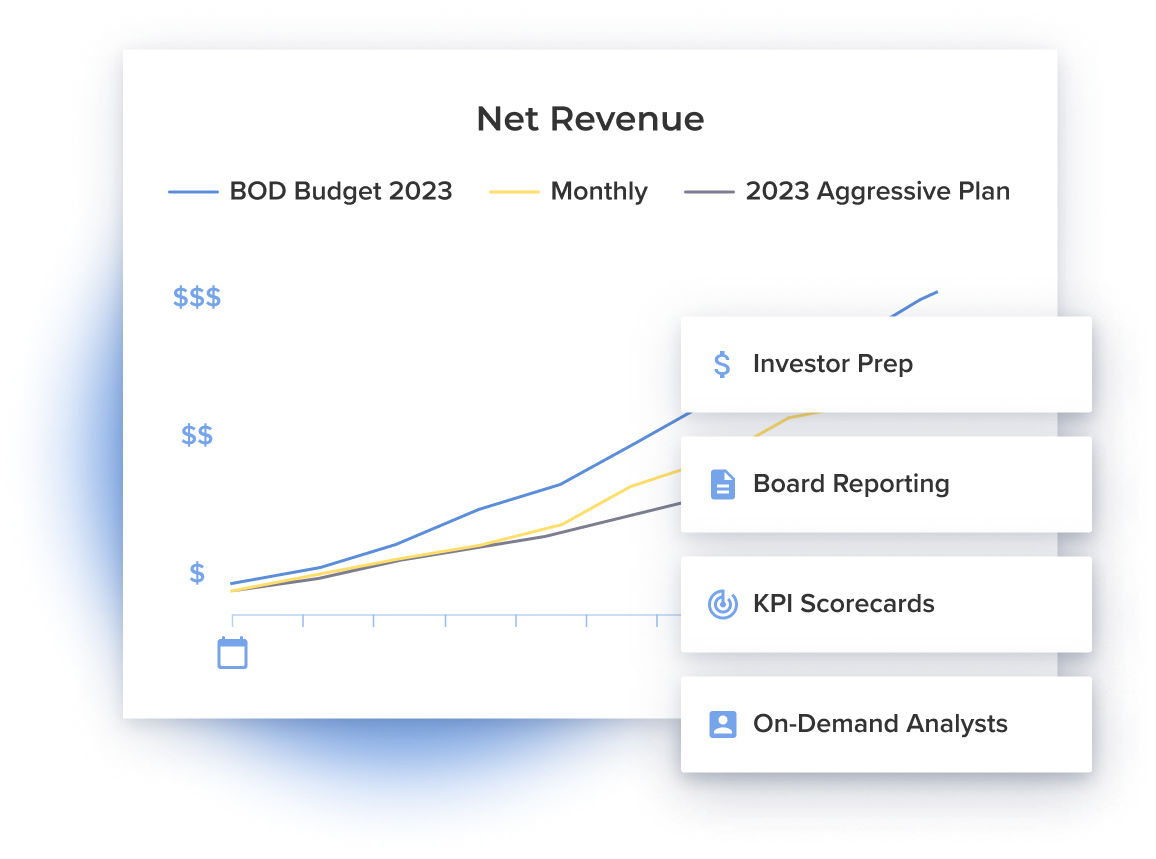
Lulu’s, based in Chico, CA, has a fast fashion, online-only model. Through years of experience and tons of data, they have a strong ability to understand their target customers who are women in their 20s and 30s seeking affordable, on-trend fashion. AOV’s are $117 which fit well with their average household income of $82,000.
Lulu’s has a design team in LA that works with suppliers to launch and test hundreds of new SKUs per week. They rapidly assess demand and then place orders for the winners. The winners are called ‘re-orders’ and Lulu’s can sell 94% of their winners at full-price.
They have built an impressive owned audience (7.5 million followers across social channels), an influencer network, and a robust customer acquisition capability.
Lastly, Lulu’s has experienced management led by CEO David McCreight (Urban Outfitters/Anthropologie, Under Armour, Lands’ End, CarMax, Wolverine).
Here’s a brief summary of their annual results:

Gross Profit Margin is lower than the Bainbridge DTC Index median and much lower than leaders like Lululemon and Solo Brands. But their EBITDA margin is higher than LULU and well above the Bainbridge Index median.

Their CAC’s look really strong - it's a rare DTC company that can drive sub $20 acquisitions.

And they've demonstrated the has the ability to drive repeat purchases.

Their cohort and repeat purchase reporting could definitely improve. They state that returning customers accounted for 65% of sales in H1 2021 up from 57% in 2019. On the surface, this sounds great. But is this driven by their increased ability to monetize their customer base or fewer new customers? I tried teasing out the number of new customers acquired in two ways.
First, I deducted merchant fees and estimated customer service costs from their Selling & Marketing Expense. As you can see below, the result is completely dependent on your estimate of customer service costs. I assumed AOVs from first-time purchasers and returning customers are the same (bad assumptions) and then played with the customer service number until I got to an implied new customer revenue that was close to their reported numbers. The issue is customer service costs. If costs amount to just just answering emails, then $7.50 per order is way too high. If it includes components of fulfillment, then it could be reasonable.

I then tried to back into the customers acquired using AOV and came to similar numbers.

A problem is that Lulu’s states that a returning customer is anyone who has made a purchase in any previous period. That would imply that customers acquired in the year measured who come back and purchase again in that year are then counted as returning customers.
Lulu’s likely has a strong story around repeat customer monetization and customer acquisition, but their lack of detail makes it hard to see and understand. Ideally they’d report more detailed cohort and customer acquisition metrics which would help investors better understand how much they can push on the acquisition and repeat monetization levers.
A Final Word on LVLU
LVLU appears to be a disciplined, data-driven company with a deep connection to its target customer, and the ability to add customers and drive repeat purchases. This is the foundation of durable profits. With their strong management, LVLU has the opportunity to break out of the DTC pack in the public markets. Increasing the depth of their data around acquisition and repeat monetization will help them tell their story better so they get rewarded for their performance.
Chances are, you're not quite ready to IPO (yet). But if you're interested in using data to tell a better story for investors, your board or your team, give us a shout. We'd love to help you out.
Subscribe to our newsletter

Ready to see what you can do with Drivepoint?
Learn how other consumer and CPG brands are driving margin and cashflow with Drivepoint









